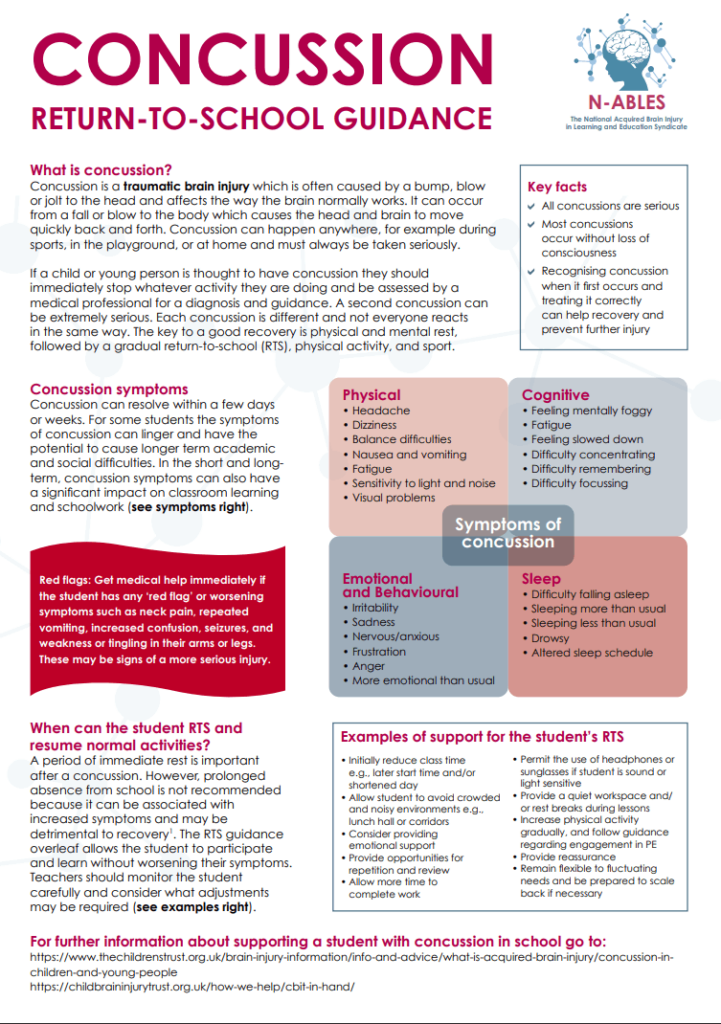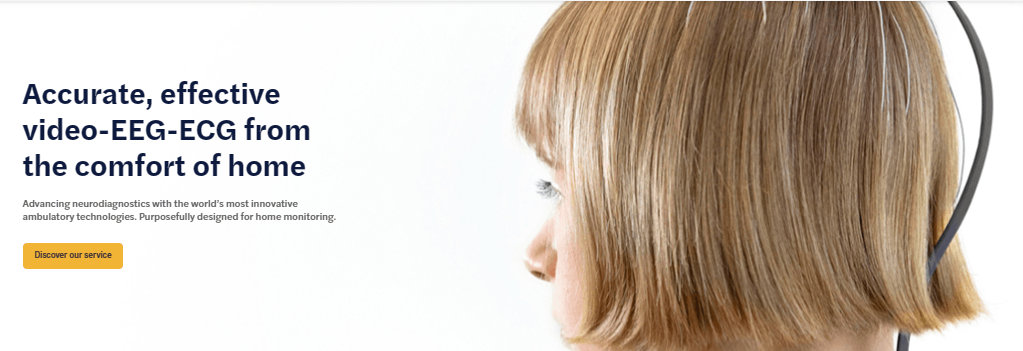BIAL announces positive results from phase 3 study
June 5th, 2023: BIAL announces positive topline results of its phase 3 EPSILON (Early ParkinSon wIth L-DOPA/DDCI and OpicapoNe) study evaluating opicapone 50mg in adult levodopa treated Parkinson’s Disease (PD) patients without motor complications.
In the EPSILON study, opicapone 50 mg was found to be statistically significantly superior versus placebo in its primary endpoint (adjusted mean change from baseline to week 24 in the MDS-Unified Parkinson’s Disease Rating Scale – MDS-UPDRS – Part III score). Opicapone 50 mg did not increase motor complications score in PD patients compared to placebo (as assessed by the MDS-UPDRS Part IV, secondary endpoint).
The data from this phase 3 study support our view that opicapone 50 mg once-daily used early could also provide clinical benefits to levodopa treated PD patients without motor complications. These new data demonstrate the potential for using opicapone in a new range of patients and are valuable additional information for clinicians considering opicapone use in routine clinical practice.
Joaquim Ferreira, Professor of Neurology and Clinical Pharmacology at Faculty of Medicine, University of Lisbon
António Portela, BIAL’s Chief Executive Officer, said: “We sincerely thank the people living with PD and all the investigators for their participation in this study. We are very pleased with the successful outcome of our Phase 3 EPSILON study. These results represent a step forward towards our ambition to bring additional treatment options to patients with PD, moving the adjunctive treatment with opicapone from motor fluctuations to early levodopa treated patients.”
Opicapone, a once-daily Catechol-O-methyltransferase (COMT) inhibitor launched in 2016 and present in more than 20 countries, demonstrated efficacy in reducing OFF-time in adult patients with Parkinson’s disease and end-of-dose motor fluctuations.1,2
BIAL plans to report EPSILON’s results in scientific conferences and publications after the summer. The company will be discussing the data with relevant health authorities to determine the next steps so that people living with PD can benefit from this innovation.
References
- Ferreira J. et al., Lancet Neurol. 2016;15(2):154–65
- Lees AJ. et al., JAMA Neurol. 2017;74(2):197–206
- Ferreira J. et al., Neurol Ther. 2022 Sep;11(3):1409–1425
About EPSILON study:
EPSILON is a 24-week, phase III, double-blind, randomised, placebo-controlled and parallel-group study, designed to evaluate the efficacy and safety of once-daily opicapone 50 mg as add-on to levodopa/DDC inhibitor therapy in 350 patients at an early stage of PD when they do not exhibit signs of motor complications (ClinicalTrials.gov Identifier: NCT04978597).
Patients (aged 30−80 years) with idiopathic PD, treated with 3 to 4 daily oral doses of up to 500 mg levodopa, with signs of treatable motor disability but no motor complications were randomised in a 1:1 ratio to receive opicapone 50mg once-daily or placebo during a 24-week double-blind evaluation period.3
About Ongentys (opicapone):
Opicapone is a once-daily COMT inhibitor. It was evaluated in two pivotal trials in patients with PD and end-of-dose motor fluctuations (BIPARK-I and II), and the results demonstrated an acceptable tolerability profile, combined with efficacy in reducing OFF-time.1,2 These studies led to the approval of opicapone in the European Union, USA, Japan, Australia, and other countries.3
In June 2016, the European Commission authorised ONGENTYS® (opicapone) as an adjunct therapy to preparations of Levodopa/DOPA decarboxylase inhibitors (DDCIs) in adult patients with PD and end-of-dose motor fluctuations who cannot be stabilised on those combinations.*
ONGENTYS® (opicapone) is not authorised for use in patients without motor fluctuations.
About BIAL:
BIAL is an innovation-driven pharmaceutical company aiming to improve people’s lives worldwide. With 99 years of experience, BIAL is strongly committed to therapeutic innovation, consistently investing over 20% of its annual turnover in R&D, being neurosciences its major area of research.
Based on its own innovative medicines and with a consistent partnering program, BIAL has extended its presence worldwide. The company has affiliates in three different continents – Europe, America and Africa – and its products are present in fifty countries, including the US, Japan, Germany, Canada, Korea and Australia, fulfilling its purpose of making a real difference in the lives of people living with severe diseases across the world.
For more information about BIAL, please visit http://www.bial.com

